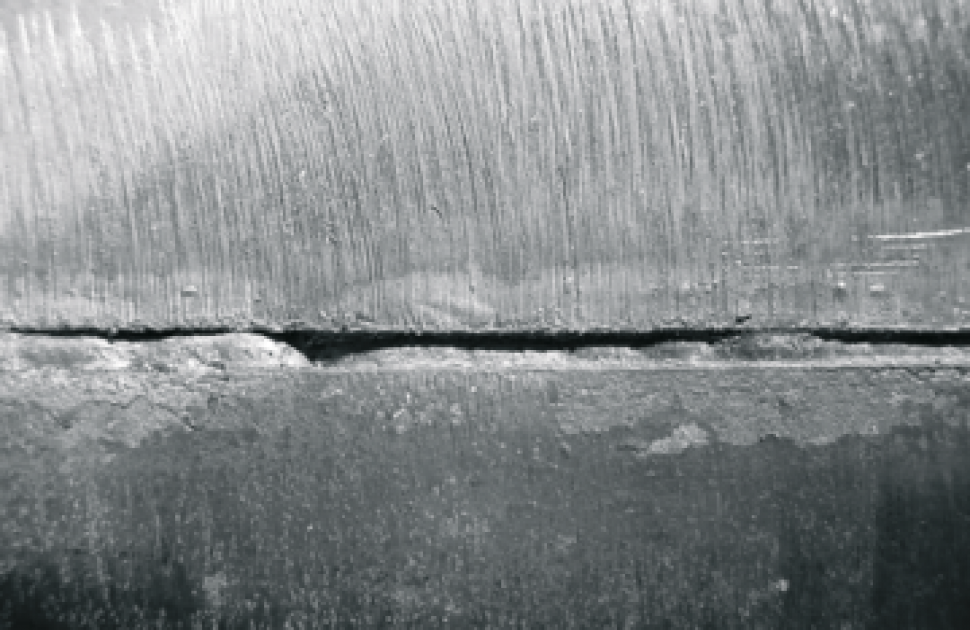Grasping the Art of Welding: Just How to Avoid Undercut Welding Issues for Flawless Construction Results
By recognizing the root causes of undercut welding and executing efficient methods to stop it, welders can elevate their craft to new levels of excellence. In the pursuit of flawless manufacture results, mastering the art of welding to avoid undercut issues is not just a skill however a necessity for those striving for perfection in their job.
Comprehending Undercut Welding

To stop undercut welding, welders must make certain correct welding criteria, such as readjusting the existing, voltage, traveling rate, and keeping the proper electrode angle. By understanding the reasons of undercut welding and executing preventive measures, welders can achieve top quality, structurally audio welds.
Reasons of Undercut in Welding
Recognizing the variables that add to damage in welding is crucial for welders to create high-grade, structurally audio welds. When the weld steel does not properly load the groove developed between the base metal and the formerly deposited weld steel, undercutting happens. A number of aspects can lead to undercut in welding. One common reason is extreme warmth input. Welding at heats for prolonged periods can cause the base metal thawing even more than preferred, resulting in damage. Insufficient welding current or wrong welding speed can also add to undercut. Not enough current might not give enough warm to melt the base and filler metals properly, while extreme rate can prevent proper fusion, creating undercut. Furthermore, improper electrode angles or incorrect lantern manipulation strategies can develop areas of reduced weld steel deposition, advertising undercut. Comprehending these reasons and implementing correct welding methods can help prevent damaging concerns, making certain long lasting and solid welds.
Strategies to stop Undercutting

To mitigate the danger of damaging in welding, welders can utilize strategic welding techniques aimed at enhancing the top quality and stability of the weld joints. In addition, utilizing the correct welding strategy for the particular joint configuration, such as weave or stringer grains, can contribute to decreasing damaging.
Utilizing back-step welding strategies and controlling the weld bead profile can also assist disperse warmth equally and decrease the danger of undercut. Regular examination of the weld joint during and after welding, as well as implementing top quality guarantee steps, can help in dealing with and identifying damaging concerns quickly.
Significance of Appropriate Welding Specifications
Choosing and keeping appropriate welding parameters is necessary for attaining successful welds with marginal flaws. Welding parameters describe variables such as voltage, current, travel speed, electrode angle, and shielding gas circulation rate that straight influence the welding process. These specifications must be thoroughly changed based upon the sort of material being welded, its thickness, and the welding strategy used.
Proper welding specifications guarantee the correct amount of warmth is related to melt the base metals and filler material evenly. If the parameters this page are set as well high, it can result in too much warm input, triggering distortion, spatter, or burn-through. On the other hand, if the criteria are too reduced, incomplete blend, lack of penetration, or undercutting may occur.
Quality Assurance in Welding Procedures

Verdict
To conclude, mastering the art of welding needs a comprehensive understanding of undercut welding, its reasons, and techniques to stop it. By guaranteeing correct welding parameters and carrying out quality guarantee practices, flawless fabrication outcomes can be achieved. It is essential for welders to consistently strive for quality in their welding additional info operations to stay clear of undercut problems and produce premium welds.
Undercut welding, an usual problem in welding processes, takes place when the weld metal does not properly fill up the groove and leaves a groove or depression along the welded joint.To prevent undercut welding, welders should make sure appropriate welding parameters, such as adjusting the existing, voltage, traveling rate, and maintaining the appropriate electrode angle. Inadequate welding wrong or present welding speed can additionally add to damage.To alleviate content the risk of damaging in welding, welders can utilize calculated welding strategies aimed at improving the quality and integrity of the weld joints.In conclusion, mastering the art of welding needs a complete understanding of undercut welding, its reasons, and strategies to avoid it.